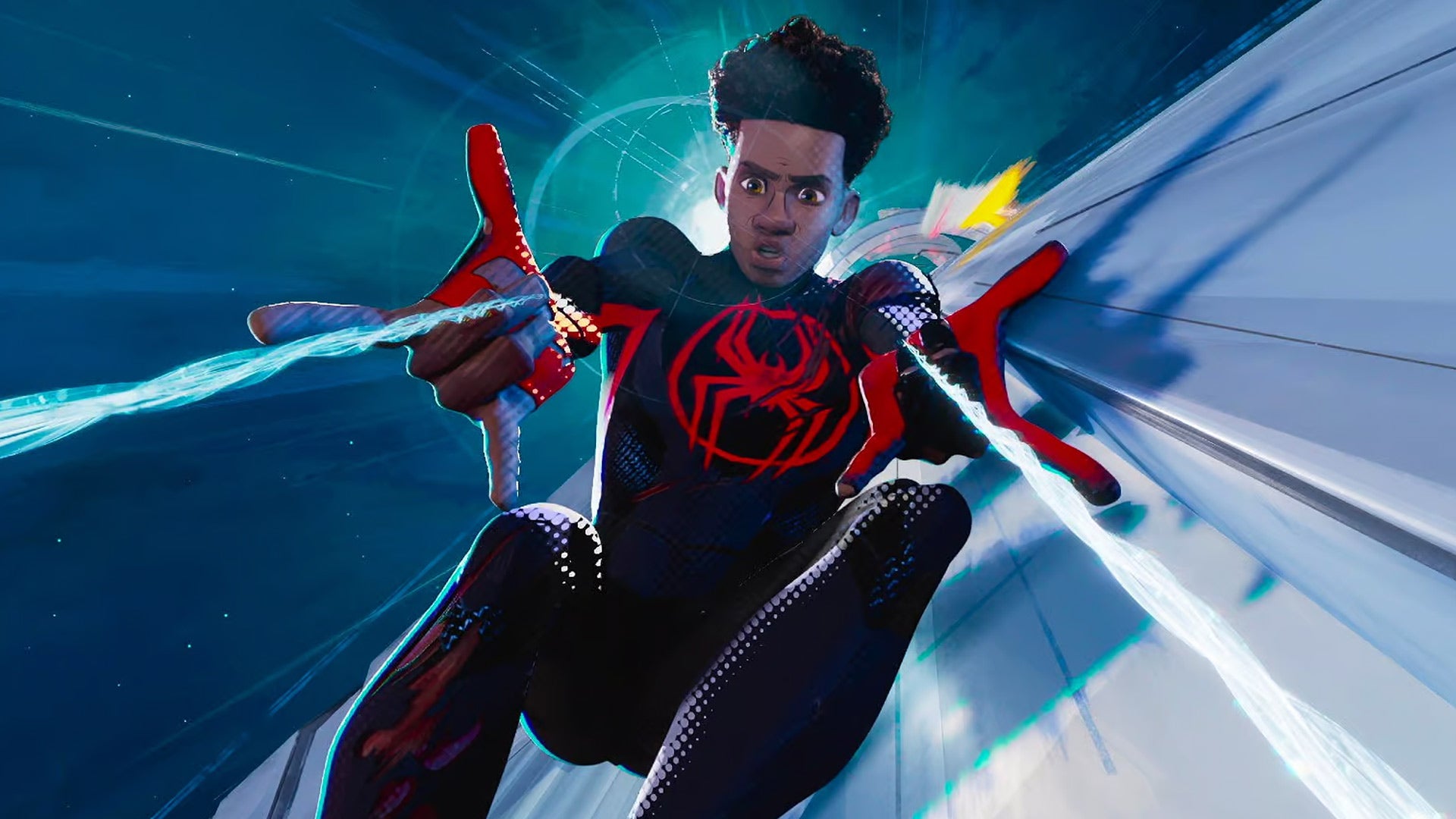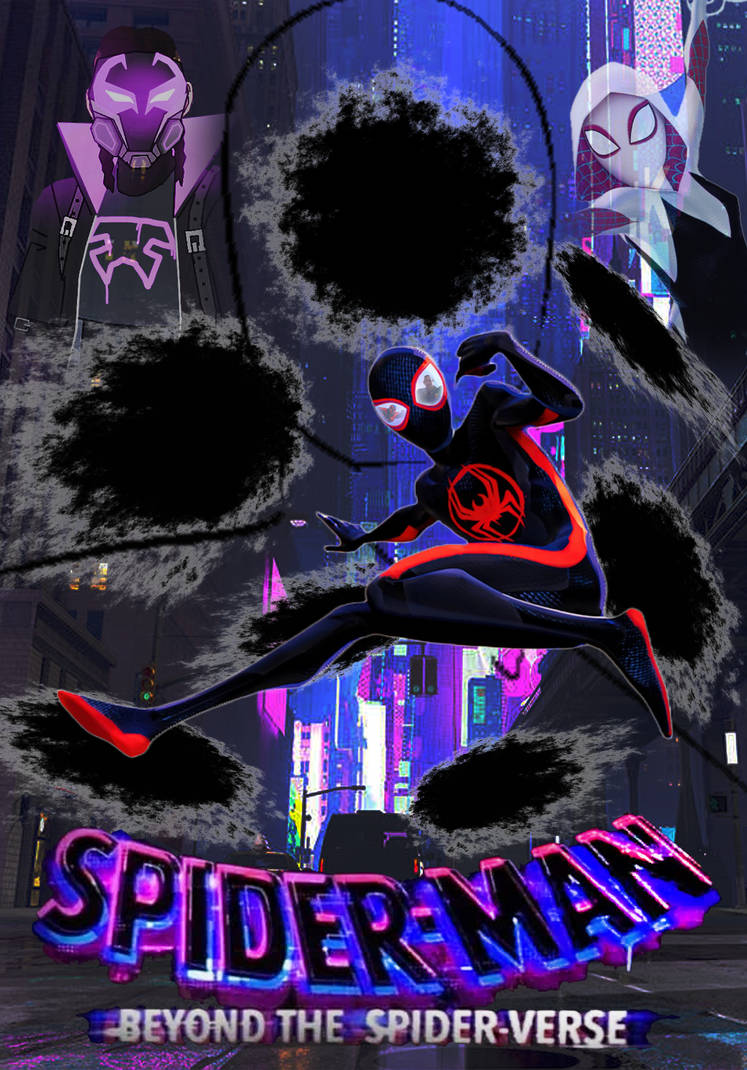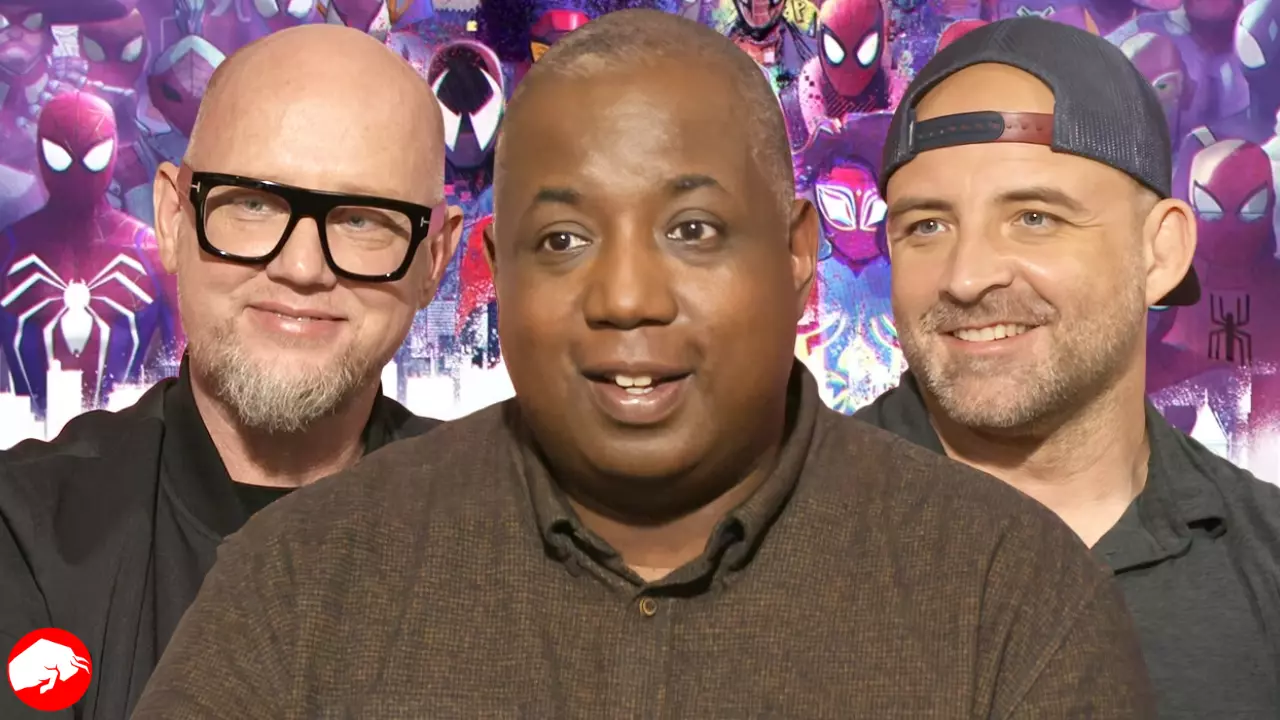Within cinematic storytelling, animation has often been seen as an artistic backwater, primarily associated with child-friendly tales and simple, comedic narratives. Yet, this long-standing perception has been shattered in recent years, most notably with the Spider-Man: Into the Spider-Verse series, proving that animation can be an ideal medium for presenting complex narratives and deep emotional explorations.
Spider-Man: Across the Spider-Verse, the most recent addition to this new animation landscape, has successfully amplified these groundbreaking qualities. This success is largely attributed to the talented trio who directed it – Kemp Powers, Joaquim Dos Santos, and Justin K. Thompson, who combined their unique artistic strengths to craft a timeless, animated spectacle that resonates with global audiences.
An Unorthodox Trio: The Directors Behind the Masterpiece
In traditional cinema, it is rare for a film to be helmed by three directors. However, Spider-Man: Across the Spider-Verse is anything but traditional. Kemp Powers, Joaquim Dos Santos, and Justin K. Thompson, each highly acclaimed in their respective fields, have collectively pushed the boundaries of animation and storytelling.

They were recently recognized for their contributions to the industry, being selected to receive Variety’s Creative Impact in Animation Award. Their collaborative success has been acknowledged by writer-producers Phil Lord and Christopher Miller, who spoke highly of their innovative approach to filmmaking:
“The astoundingly talented Joaquim, Justin and Kemp are individually wonderful filmmakers and people, but they also worked wonderfully together.”
The trio hails from vastly different backgrounds yet found common ground in their shared vision and commitment to a singular goal. Powers is a renowned playwright and screenwriter whose portfolio includes critically acclaimed works like One Night in Miami and Soul. Dos Santos brings his extensive TV animation experience from renowned shows, including The Legend of Korra and Avatar: The Last Airbender.
Meanwhile, Thompson has deep-rooted ties to the Spider-Verse, having worked on Spider-Man: Into the Spider-Verse as a production designer.
Striking the Emotional Chord: How Powers Tapped into the Emotional Vein
Given his background as a playwright and screenwriter, Powers was instrumental in drawing out the emotional depth of the characters. His work with the voice actors was pivotal in striking the emotional chord that deeply resonated with audiences. He said:
“We worked hard in recording sessions to explore those dramatic moments. In many cases, I had to play the scene partner for our performers, because they often don’t record together.”
The unconventional practice of putting actors together for specific emotional sequences offered a new level of authenticity to their performances. This process, however, only accounts for half of the equation. The animators were encouraged to infuse their personal experiences into the movie, adding an additional layer of emotional resonance and authenticity to the narrative.
An Unusual Approach to Animation: Slowing Down to Breathe

In a stark departure from the norm, the directors took a bold approach to the animation process, allowing the scenes to unfold naturally. Instead of rushing from one scene to the next, they allowed the story to breathe, much like a live-action movie. Dos Santos said:
“This film allows scenes to breathe, to play as though you’re shooting live action.”
The implications of this approach extend far beyond the aesthetic and pacing of the movie. By allowing each scene to breathe, they created an animated experience that felt organic and richly textured, further enhancing the emotional impact and audience engagement.
Innovating Without Replicating: The Challenge of Sequels
Following up an Oscar-winning financial triumph like Into the Spider-Verse could have led to creative stagnation. However, this directorial trio met the challenge head-on, taking inspiration from the first film while ensuring they didn’t fall into the trap of mere replication.
Powers especially appreciated the open canvas that the sequel presented. He remarked:
“There’s a certain amount of problem solving on a mass scale, on a regular basis and at the speed of thought that I think is going to really improve me as a filmmaker and as a writer going forward.”
This daring approach to the sequel is a testament to their commitment to innovation and artistic evolution, a driving force behind the film’s universal acclaim.
Leading by Empowering: The Democratization of Creativity
One of the unique aspects of their directorial approach was the non-hierarchical dynamic between the trio and the rest of the filmmaking team. This allowed for an environment that fostered individual creativity and innovation. As Thompson explains:
“We gave people the space to come up with their own answers.”
Kristine Belson, president of Sony Pictures Animation, echoed this sentiment and highlighted the directors’ openness to fresh ideas and commitment to collaborative problem-solving.
“It’s hard to make these movies, yet everybody always wanted to hear if somebody had an idea for how to do something better.”
The Spider-Verse Success and Future Endeavors: A New Dawn for Animation
With the film already outpacing its predecessor at the box office, earning $642 million to date and becoming Sony Pictures Animation’s highest-grossing film of all time, the critical and commercial success of Spider-Man: Across the Spider-Verse marks a significant moment in the realm of animation.
This success has far-reaching implications for the future of animation. The directors plan to use this momentum and their experiences in future endeavors, including the sequel, Spider-Man: Beyond the Spider-Verse.

For Dos Santos, this film represents a watershed moment in animated storytelling. He concludes:
“I have waited my entire career for there to be a time where an animated feature film could be told this way, drama mixed with comedy and a no-rules take on what animation could be.”
The collective vision of Powers, Dos Santos, and Thompson, their unique directorial approaches, and their deep commitment to narrative and stylistic innovation have set a new standard for animated storytelling. The success of Spider-Man: Across the Spider-Verse is a testament to the untapped potential of animation, its capacity for deep emotional resonance, and its ability to tell complex, layered stories that captivate audiences across the globe.
Source: Variety









